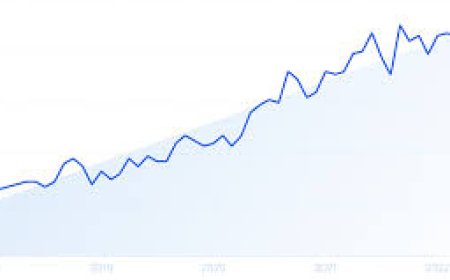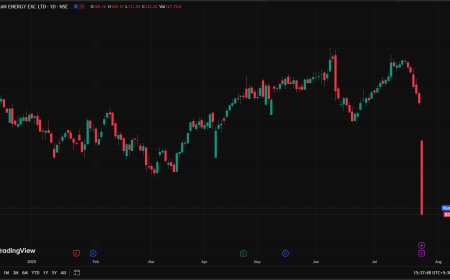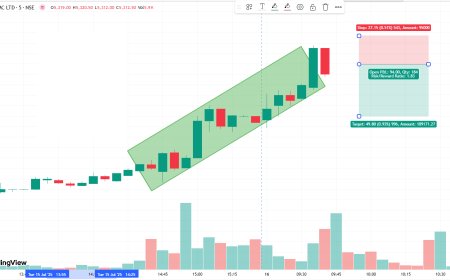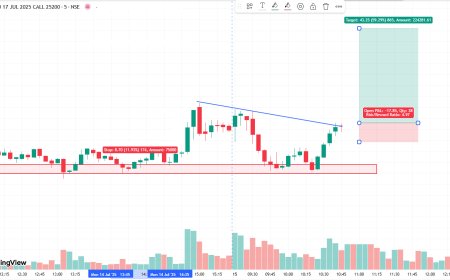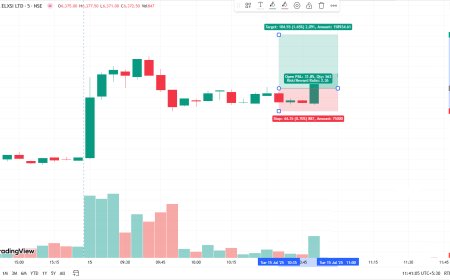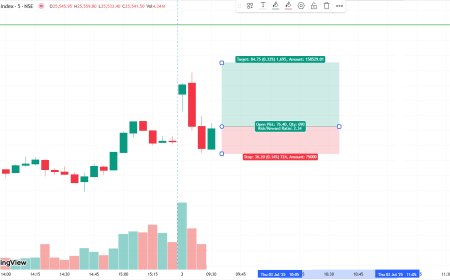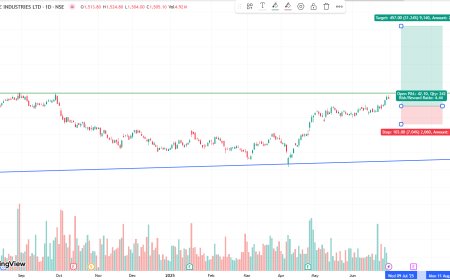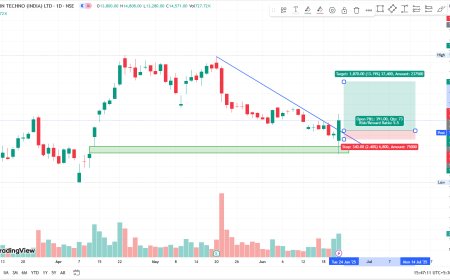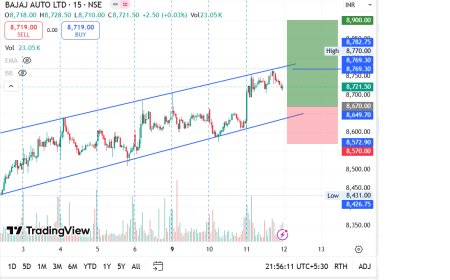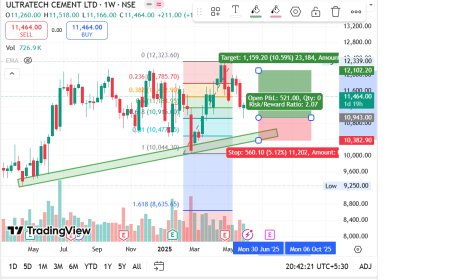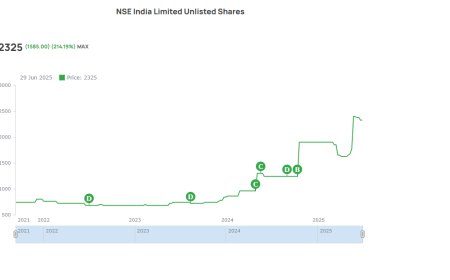Gold Prices Tick Lower as Markets Digest U.S.-China Tariff Developments
Gold prices edged lower as investors assessed the latest U.S.-China tariff developments. We analyze the drivers behind gold’s movement and what lies ahead for the precious metal.

Gold Ticks Lower as Markets Digest Tariff Developments
May 31, 2025 – Global Markets Desk — Gold prices edged slightly lower in Friday’s trading session, reflecting investor caution and profit-taking as markets continued to digest the implications of the latest U.S.-China tariff announcements. The modest decline follows a volatile week for precious metals, which were buoyed earlier by geopolitical uncertainty but later moderated by reassurances of potential negotiation breakthroughs.
Spot gold was last seen trading at $2,344.10 per ounce, down about 0.4% for the day, while U.S. gold futures for June delivery settled at $2,346.20, down $10.30. Despite today’s pullback, gold remains up nearly 11% year-to-date, underscoring its safe-haven appeal in a year dominated by inflation concerns, central bank policies, and global trade friction.
Understanding Today’s Dip in Gold
Gold’s minor retreat is seen less as a sign of waning strength and more as a technical breather following weeks of strong performance. Analysts point to three key reasons for the pullback:
1. Tariff Talks in Transition
Markets were jolted earlier this week when the U.S. Trade Representative’s office confirmed a new round of import tariffs on select Chinese electric vehicles, solar panels, and semiconductor equipment. While the announcement initially spurred flight-to-safety bids for gold, subsequent comments from Chinese officials suggesting a willingness to resume high-level trade discussions cooled investor nerves.
This led to:
-
Reduced urgency for safe-haven assets.
-
Equities bouncing back, drawing capital away from gold.
-
Lower implied volatility in commodity markets.
2. Profit-Taking Before the Weekend
Given the near 4% rise in gold prices over the past three weeks, some traders opted to lock in profits ahead of the weekend and month-end, adding to the pressure on gold prices today. Light positioning ahead of macroeconomic data releases next week also contributed to the short-term softness.
3. Firming Dollar and Treasury Yields
The U.S. dollar index rose 0.2% on Friday, bolstered by better-than-expected consumer spending data. Concurrently, U.S. 10-year Treasury yields edged up to 4.42%, making non-yielding assets like gold relatively less attractive in the short term.
Geopolitical Tensions and the Safe-Haven Trade
Even with today's dip, gold’s longer-term appeal remains intact thanks to a host of geopolitical and macroeconomic uncertainties:
-
Ongoing Russia-Ukraine tensions, now stretching into their third year.
-
Middle East instability, particularly concerning Iranian nuclear developments and oil transit disruptions.
-
Political volatility in Europe, including recent protests over fiscal austerity in France and Germany.
These unresolved risks are likely to keep gold supported in the medium term, especially as global election cycles ramp up in the second half of 2025.
Market Sentiment: Mixed but Resilient
Investor sentiment remains cautiously constructive on gold. The latest CFTC data showed that hedge funds and money managers increased their net long positions in COMEX gold futures by 3% last week, the fourth consecutive weekly rise.
Moreover, ETFs tracking physical gold holdings, such as SPDR Gold Shares (GLD), reported net inflows of over $520 million in May — a sign that long-term investors are continuing to hedge against systemic risks and monetary uncertainty.
Central Banks and Inflation: The Bigger Picture
Central banks continue to be net buyers of gold, led by China, India, and Turkey. Their consistent demand adds a foundational layer to gold’s price floor.
Meanwhile, the inflation narrative, though cooled from 2022 peaks, still haunts policymakers:
-
U.S. Core PCE rose 0.3% in April, keeping the annualized rate around 2.8% — still above the Fed’s 2% target.
-
The ECB has signaled a likely rate cut in June, but markets remain wary of a reacceleration in inflation if cuts are premature.
-
Emerging markets face unique challenges, with currency depreciation stoking imported inflation and raising the value proposition of gold.
Technical Analysis: Where Gold Stands
From a chartist’s perspective, gold remains in a bullish structure:
-
Support levels lie at $2,320 and $2,295.
-
Resistance is seen near the all-time high around $2,365.
-
The 50-day moving average sits at $2,275, well below current prices, signaling bullish momentum remains intact.
Analysts suggest that as long as gold holds above $2,295, the broader uptrend remains unchallenged.
Short-Term Outlook vs Long-Term Trajectory
In the short term, traders are likely to watch:
-
U.S. jobs data next week.
-
Any follow-up statements from Chinese or U.S. trade officials.
-
The Fed’s next policy meeting commentary.
Over the long term, the case for gold remains strong amid:
-
Deteriorating fiscal balances in advanced economies.
-
Stubborn core inflation.
-
Increasing reliance on gold as a reserve diversification tool.
Expert Opinions: Is Gold Just Taking a Breather?
“This dip looks more like a tactical pause than a reversal. The macro backdrop still strongly supports gold,”
said Emma Lewis, Senior Commodities Analyst at TD Securities.
“Markets are rotating risk and rebalancing portfolios. It’s not a vote of no confidence in gold — just digestion,”
added Marco Yuan, Portfolio Manager at Canaccord Genuity.
Comparative Commodities Performance (May 2025)
| Commodity | Monthly Change | YTD Performance |
|---|---|---|
| Gold | +2.6% | +10.9% |
| Silver | +4.1% | +13.7% |
| Crude Oil | +3.8% | +6.2% |
| Copper | -1.4% | +7.3% |
| Platinum | +1.2% | +4.5% |
Gold’s YTD performance remains solid, especially when compared to industrial metals like copper, which have faced headwinds due to weak Chinese manufacturing data.
Risks to Watch
Despite the bullish narrative, several downside risks for gold include:
-
Unexpected strength in U.S. labor and inflation data leading to hawkish Fed action.
-
Sudden resolution or pause in geopolitical flashpoints.
-
Strong equity market performance that diverts flows away from precious metals.
Final Take: Still Glimmering
Gold’s slight dip today doesn’t dim its shine. As the market continues to digest trade-related developments and awaits fresh economic cues, gold remains an essential hedge in a portfolio — providing safety amid uncertainty, store-of-value amid inflation, and diversification amid volatility.
With central banks still buying, geopolitical risk still lingering, and inflation yet to return fully to target levels, the precious metal has more than enough fuel to stay relevant — if not dominant — in the commodity spotlight.
What's Your Reaction?
 Like
0
Like
0
 Dislike
0
Dislike
0
 Love
0
Love
0
 Funny
0
Funny
0
 Angry
0
Angry
0
 Sad
0
Sad
0
 Wow
0
Wow
0






























